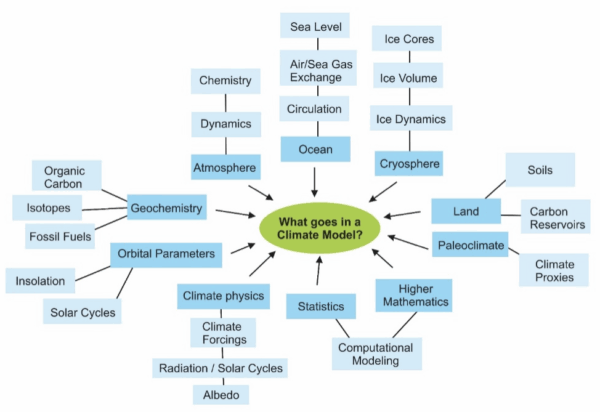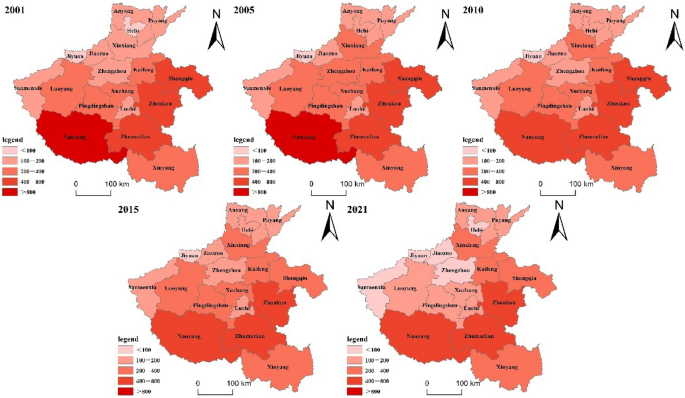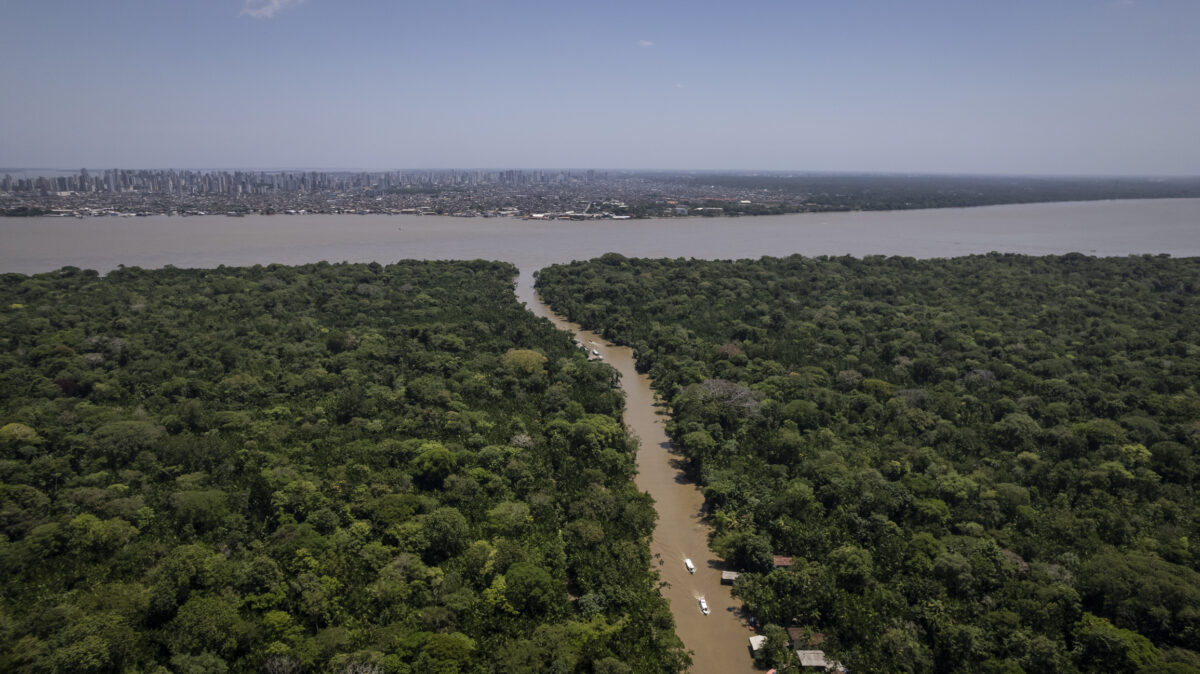CNN polling guru surprised majority of Americans ‘aren’t afraid’ of climate change – Fox News

Analysis of Public Perception on Climate Change and its Implications for Sustainable Development Goals
Introduction: Public Concern and Climate Action
A recent data analysis reveals that the level of public concern in the United States regarding climate change has remained largely static over several decades. This finding, presented by CNN’s chief data analyst Harry Enten, highlights a significant challenge to the successful implementation of global initiatives, particularly the United Nations’ Sustainable Development Goals (SDGs). The analyst noted that despite an increase in severe weather events, “Climate activists have not successfully made the case to the American people,” indicating a critical gap between climate reality and public perception.
Longitudinal Data on Public Worry
Data tracking public sentiment since 1989 shows fluctuating but ultimately stagnant levels of high concern about climate change. This trend is critical when assessed against the objectives of SDG 13: Climate Action, which calls for urgent measures to combat climate change and its impacts.
- 1989: 35% of Americans reported being “greatly worried” about climate change.
- 2000: The figure rose to 40%.
- 2020: Concern peaked at 46%.
- 2025: The percentage returned to 40%, matching the level from 25 years prior.
The stability of this metric, especially the return to the 2000 level, suggests that increased visibility of climate-related disasters has not translated into a proportional increase in public alarm, a necessary driver for the political and social will required to achieve SDG 13.
Case Study: Texas Floods and Broader SDG Implications
The recent catastrophic flooding in Texas, which resulted in significant loss of life, serves as a stark example of the impacts that the SDGs aim to mitigate. The event and the subsequent response are directly linked to several key goals.
- SDG 13 (Climate Action): The floods are cited as a consequence of climate change-induced extreme weather, underscoring the urgency of Target 13.1, which is to strengthen resilience and adaptive capacity to climate-related hazards.
- SDG 11 (Sustainable Cities and Communities): The disaster’s impact, with over 100 fatalities and more than 150 people missing, directly contravenes Target 11.5, which aims to significantly reduce the number of deaths and people affected by disasters.
- SDG 3 (Good Health and Well-being): The response from the Texas state government, including a call by Governor Greg Abbott to improve warning mechanisms and emergency response, aligns with Target 3.d, which focuses on strengthening countries’ capacities for early warning, risk reduction, and management of national and global health risks.
Conclusion: A Disconnect Hindering SDG Progress
The analysis indicates a profound disconnect between the escalating frequency of climate-related disasters and the level of public urgency. This gap poses a substantial barrier to achieving the 2030 Agenda for Sustainable Development. Without heightened public concern and demand for action, mobilizing the comprehensive societal and political efforts needed to fulfill the ambitions of SDG 13, as well as related targets in SDG 3 and SDG 11, remains a formidable challenge.
SDGs Addressed in the Article
-
SDG 13: Climate Action
- The article’s central theme is climate change, discussing public perception, its link to extreme weather, and the need for action. It explicitly mentions “climate change,” “climate activists,” and the consequences of climate change, such as the “Texas Hill Country floods.” This directly connects to the goal of taking urgent action to combat climate change and its impacts.
-
SDG 11: Sustainable Cities and Communities
- The article highlights the impact of a natural disaster on a community. It details the Texas floods that “left over 100 people dead, and over 150 missing” and discusses the government’s response to make communities safer. The mention of Gov. Greg Abbott’s plan to “improve warning mechanisms and emergency response in areas of Texas especially susceptible to floods” relates to making human settlements resilient and safe.
Specific SDG Targets Identified
-
Target 13.3: Improve education, awareness-raising and human and institutional capacity on climate change mitigation, adaptation, impact reduction and early warning.
- The article is fundamentally about public awareness of climate change. It presents data on “how worried people are about climate change” and quotes an analyst stating, “Climate activists have not successfully made the case to the American people.” This directly addresses the challenge of raising awareness and education on climate issues.
-
Target 13.1: Strengthen resilience and adaptive capacity to climate-related hazards and natural disasters in all countries.
- The discussion of the Texas floods as a “climate change consequence” and the subsequent government action connects to this target. Gov. Abbott’s request for legislation to “improve warning mechanisms and emergency response” is a direct effort to strengthen resilience and the ability to adapt to climate-related hazards.
-
Target 11.5: By 2030, significantly reduce the number of deaths and the number of people affected… caused by disasters, including water-related disasters.
- The article provides specific figures on the human cost of the Texas floods, stating they “left over 100 people dead, and over 150 missing.” The proposed legislation to improve warning systems and emergency response is a measure aimed at reducing such losses in future disasters, aligning with the core objective of this target.
Indicators for Measuring Progress
-
Indicator for Target 13.3: Public Awareness Levels
- The article explicitly provides data that can serve as an indicator for public awareness. It cites poll numbers showing the “percentage of Americans who are greatly worried about climate change” at different points in time: 35% in 1989, 40% in 2000, and 40% in 2025. This metric directly measures the level of public concern, which is a key component of awareness.
-
Indicator for Target 11.5: Disaster Impact Metrics
- The article mentions specific metrics used to measure the impact of the Texas floods, which are direct indicators for this target. These include the “number of deaths” (“over 100 people dead”) and the “number of missing persons” (“over 150 missing”).
-
Indicator for Target 13.1: Disaster Risk Reduction Strategies
- The article implies a policy-based indicator. The mention of Texas Gov. Greg Abbott requesting a “special session to deliberate legislation that would improve warning mechanisms and emergency response” points to the development and adoption of local disaster risk reduction strategies as a measurable action toward strengthening resilience.
Summary Table
| SDGs | Targets | Indicators |
|---|---|---|
| SDG 13: Climate Action | 13.3: Improve education, awareness-raising and human and institutional capacity on climate change mitigation, adaptation, impact reduction and early warning. | The “percentage of Americans who are greatly worried about climate change” (e.g., 40% in 2025). |
| SDG 13: Climate Action | 13.1: Strengthen resilience and adaptive capacity to climate-related hazards and natural disasters in all countries. | Development of local disaster risk reduction strategies (e.g., legislation to improve warning mechanisms and emergency response in Texas). |
| SDG 11: Sustainable Cities and Communities | 11.5: Significantly reduce the number of deaths and the number of people affected… caused by disasters. | Number of deaths (“over 100 people dead”) and number of missing persons (“over 150 missing”) from the Texas floods. |
Source: foxnews.com

What is Your Reaction?
 Like
0
Like
0
 Dislike
0
Dislike
0
 Love
0
Love
0
 Funny
0
Funny
0
 Angry
0
Angry
0
 Sad
0
Sad
0
 Wow
0
Wow
0









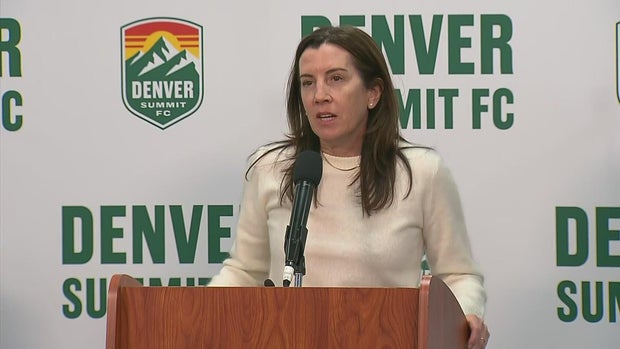

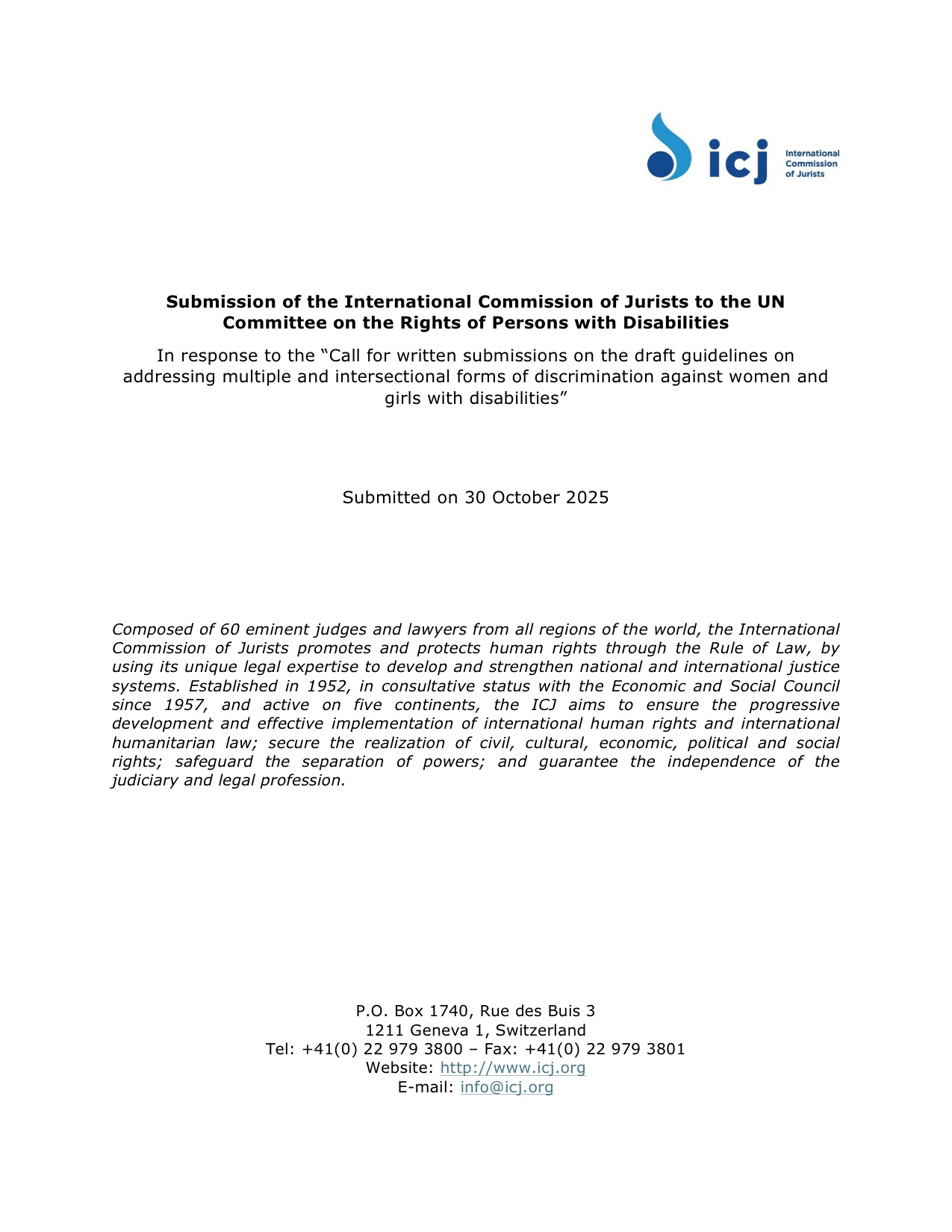






-1920w.png?#)






















;Resize=805#)
























